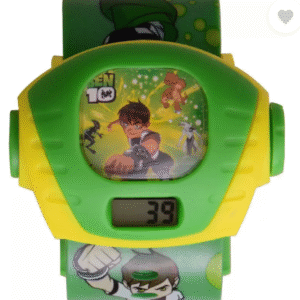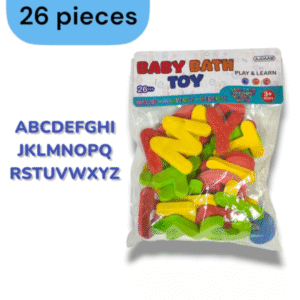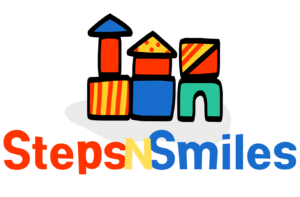Total: ₨ 2,000

Introduction
For many children on the autism spectrum, therapy doesn’t end when they leave a professional’s office. In fact, some of the most meaningful progress happens in familiar environments like home, with the support of parents and caregivers. For families in Pakistan, access to effective and affordable autism home therapy tools is more important than ever. These tools play a critical role in enhancing communication, sensory regulation, fine motor skills, and daily routines. In this blog, we’ll explore the best autism home therapy tools in Pakistan that are helping kids thrive. Autism Home Therapy Tools.
1. Understanding the Role of Home Therapy
Home-based autism therapy tools offer structure, comfort, and the opportunity to reinforce lessons learned during professional sessions. The home setting, with its familiar sights, sounds, and routines, can significantly enhance a child’s comfort and openness to learning.
1.1 Why Home-Based Therapy Works
Children with autism often benefit from consistency. Home therapy tools allow for repetition and familiarity, which helps reinforce skills and behaviors.
1.2 The Importance of Familiar Environments
Therapeutic progress often flourishes in spaces where children feel most secure. A therapy-friendly home creates a calm, personalized space that encourages learning. For more on autism, check out this overview by the CDC.
2. Categories of Autism Home Therapy Tools in Pakistan
Families in Pakistan now have greater access to effective tools designed to support their child’s unique needs. Here are key categories that make a difference in home therapy.
2.1 Sensory Tools for Regulation and Calm
Children with autism often experience sensory sensitivities. Tools like fidget spinners, chewable necklaces, and weighted blankets provide comfort and reduce anxiety. These sensory items help children self-regulate, especially during transitions or stressful moments. Learn more from Autism Speaks.
2.2 Fine and Gross Motor Skill Development Aids
Motor skills are essential for independence. Therapy putty, stacking toys, and balance boards build coordination and muscle strength. Interactive activities such as bean bag toss games also promote engagement and movement.
2.3 Communication and Speech Support Tools
Non-verbal or minimally verbal children benefit from tools like picture cards, communication boards, and interactive storybooks. These enable children to express themselves more effectively. More info at ASHA.
2.4 Focus and Routine Management Aids
Structure is key in autism therapy. Tools like visual schedules, reward charts, and sensory timers make daily routines manageable and predictable. These supports promote autonomy and reduce behavioral challenges. See the UNICEF autism care guide.
3. Autism Home Therapy Tools
Choosing the right home therapy tools is a process of observing, understanding, and responding to your child’s needs.
3.1 Personalization Is Key
Every child is unique. Look at how your child interacts with their environment and choose tools that cater to their sensory preferences and developmental goals.
3.2 Consulting Professionals
If possible, work with occupational therapists or speech-language professionals. They can help you select tools aligned with your child’s personalized intervention plan.
3.3 Creating Consistent and Positive Experiences
Effective therapy tools help build confidence and encourage independent skills. Even simple play sessions with the right tools can lead to long-term progress. Visit the WHO autism page for global insights.
4. Designing a Therapy-Friendly Home Environment
Your home can be a nurturing space for learning, exploration, and therapy with a few thoughtful adjustments.
4.1 Setting Up a Safe and Engaging Area
Designate a dedicated therapy corner with calming colors, soft lighting, and sensory-friendly furniture. Keep therapy tools organized and within easy reach.
4.2 Customizing the Space
Incorporate your child’s favorite textures, sounds, and visuals to increase engagement. Personalized setups boost comfort and make therapy time enjoyable.
Shop Now
Explore tools that support therapy at home:
Read More
- Sensory Toys in Pakistan That Help Kids with Autism Thrive
- Best Toys for Kids with Autism in Pakistan That Support Learning and Sensory Growth
- Early Learning Toys in Pakistan That Lay the Right Foundation
Get in Touch
- Website: www.stepsnsmiles.com
- Instagram: @stepsnsmiles
- Facebook: Steps n Smiles




